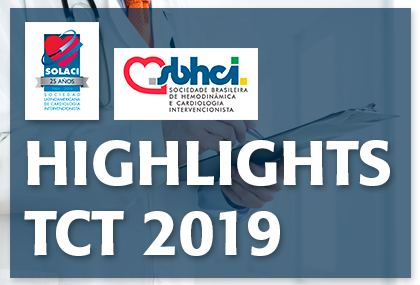Courtesy of SBHCI.
This study tested the safety of dual antiplatelet therapy (DAPT) after only three months of bioresorbable polymer sirolimus DES implantation (Ultimaster). Secondary end point was following with P2Y12 inhibitor monotherapy after the first 3 months compared with aspirin.

It included 1695 patients treated with sirolimus eluting Ultimaster receiving 3-month DAPT. After the first 3 months, 674 patients discontinued the aspirin and 846 discontinued the P2Y12 inhibitor.
Primary end point was a composite of death, infarction, stroke and definite or probable thrombosis plus BARC 3-5 bleeding at one year.
Primary end point at one year was 4.3% which results non-inferior compared to a similar patient cohort receiving one-year DAPT. Monotherapy with a P2Y12 inhibitor resulted similar to aspirin monotherapy. Further studies should confirm the safety and efficacy of these data.
Courtesy of SBHCI.
Link to the SBHCI Publication HERE
Original Title: MODEL U-SES: A Single-Arm Study of 3-Month DAPT in Patients at High Bleeding Risk Treated With a Bioabsorbable Polymer-Based Sirolimus-Eluting Stent.
Presenter: KenKozuma.
Get the latest scientific articles on interventional cardiologySubscribe to our weekly newsletter
We are interested in your opinion. Please, leave your comments, thoughts, questions, etc., below. They will be most welcome.





